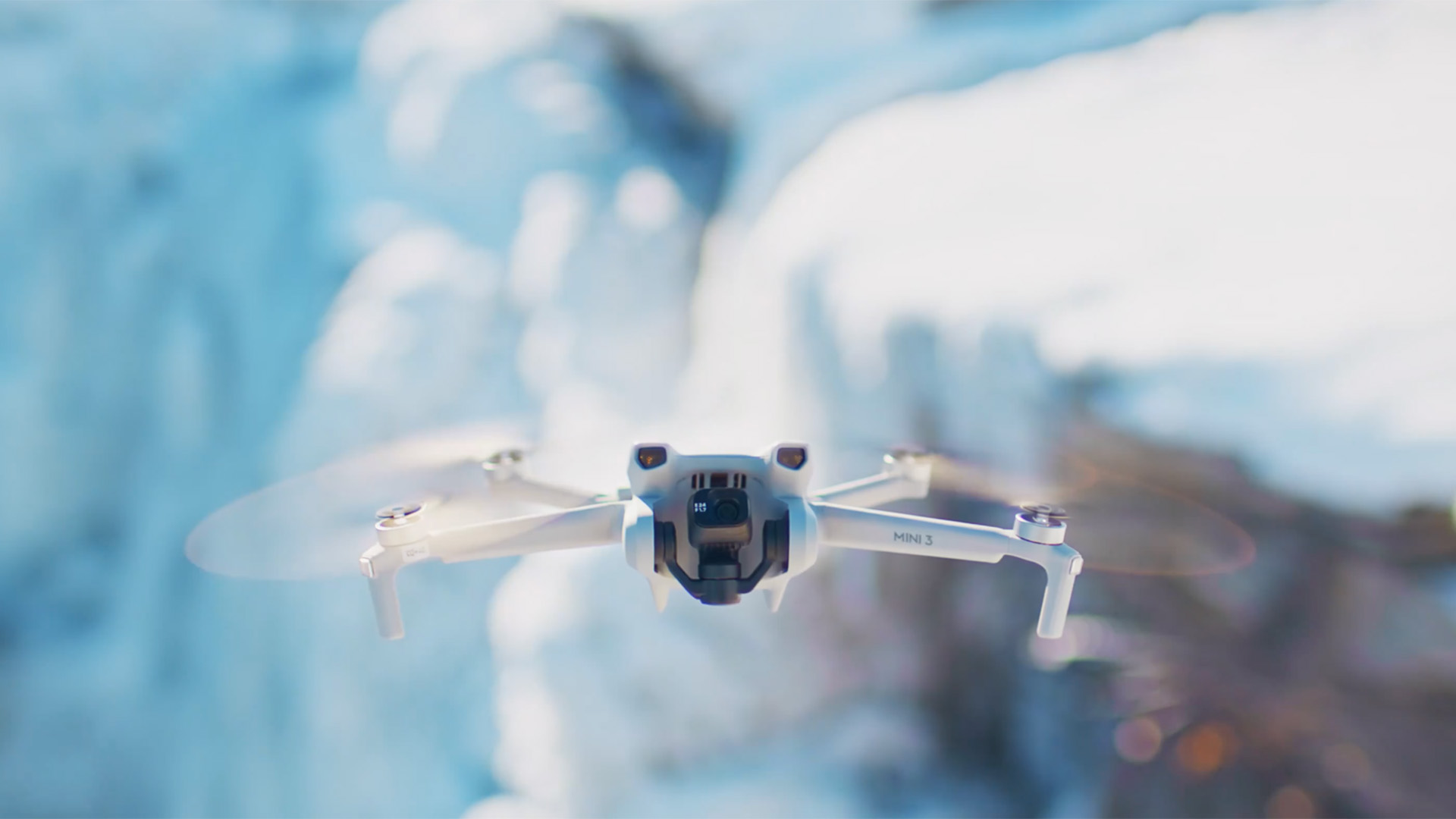Read Time 5 mins
03/10/2023

Table of Contents
Introduction
DJI has recently released or is proposing to release a firmware update that alters the maximum altitude for sub-250g drones. This change has sparked debates and confusion among drone operators in the United Kingdom. This blog aims to shed light on this development and its relevance to the UK, particularly in the context of European Union regulations DR2019/945 and IR2019/947.
What Is DJI's Firmware Update?
The, propsed?, new DJI firmware limits the altitude of sub-250g drones to 120 metres above the take-off point. Earlier, there was no such altitude restriction, which naturally leaves many wondering why this sudden change.
EU Regulations: DR2019/945 and IR2019/947
Two crucial pieces of legislation govern drone usage in the European Union: DR2019/945, which deals with design requirements for drones, and IR2019/947, which outlines the operational guidelines. According to DR2019/945, the maximum altitude for C0 class drones (under 250g) is set at 120 metres above the take-off point. However, IR2019/947 stipulates that drones can be flown within 120 metres of the Earth's surface.
When the maximum allowable altitude is set at 120 metres "above the take-off point," it means that the drone cannot ascend more than 120 metres from the altitude at which it initially took off. This limit remains constant, even if the ground below rises or falls. In contrast, a maximum altitude of 120 metres "from the Earth's surface" means the drone's legal maximum altitude will adjust dynamically based on the varying elevation of the ground below it.
These regulations appear to be in contradiction, but it's important to differentiate between them. DR2019/945 relates to design specifications, while IR2019/947 focuses on operational guidelines. DJI's firmware update aims to align with the design-oriented DR2019/945, thus introducing the 120 metre cap.
The UK Scenario: Brexit and Drone Laws
Although the United Kingdom has exited the European Union, many of its laws are inherited from EU regulations, including those related to drones. Despite Brexit, DR2019/945 and IR2019/947 are retained in UK legislation, albeit with the exclusion of class markings pending review.
DJI's decision to apply the firmware update to UK drones stems from a desire for uniformity. Creating separate software just for the UK would be impractical for the company.
Implications for Drone Operators in the UK
The firmware update will inevitably affect drone operators in the UK despite the class markings currently not being recognised. It may seem that UK drone operators are being unfairly restricted and there is a case for that.
Conclusion
While DJI's firmware update may seem confusing at first, it essentially aims to align with existing European Union design regulations, which are still relevant in the UK.